
Automated Insulin Delivery
Latest News
Latest Videos
CME Content
More News

The use of continuous glucose monitoring and attendance at a diabetes education appointment appeared to increase the odds of patient improvement.

Continuous glucose monitoring (CGM) systems have been shown to improve glycemia for individuals with type 1 diabetes (T1D), but they are not nationally funded in New Zealand.

Although automated insulin delivery systems have gained traction in type 1 diabetes, further research is needed to determine the feasibility of using such systems for patients with type 2 diabetes.
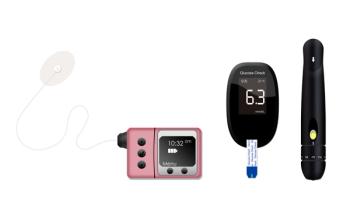
These second-generation basal insulin analogs, Gla-300 and IDeg-100, also had similar safety profiles, investigators found.

A new report has found continuous glucose monitoring (CGM) may help reduce staff burden in the intensive care unit (ICU) by reducing the need for blood gas monitoring.

It is not yet clear what continuous glucose monitoring metrics should be used for a diabetes diagnosis in people with cystic fibrosis.
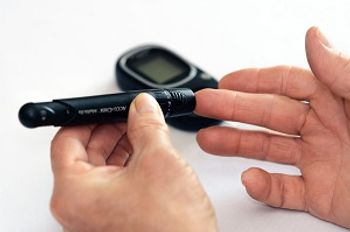
Continuous Monitoring Outperforms Fingerstick Testing in Patients With T1D, High Glycated Hemoglobin
The report found people using continuous monitoring systems spent more time in their target glucose ranges.
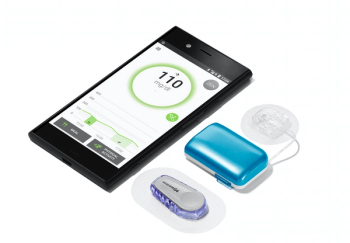
Along with its position statement in Diabetologia, the group outlined recommendations that seek greater structure and consistency for automated insulin delivery (AID) manufacturers as they develop products for use by persons with type 1 and type 2 diabetes.
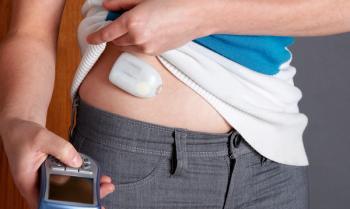
A new review article explores how precision monitoring of blood glucose can be informed by the connections among self-care behaviors, mental health, and glucose level maintenance.
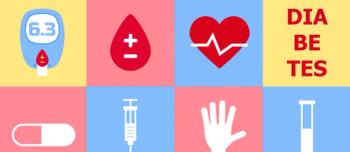
Data showed that patients using diabetes technology incorporated different strategies to prevent nocturnal hypoglycemia vs patients who did not use such technology.

This randomized, multicenter study of children and adolescents with new-onset type 1 diabetes (T1D) investigated the effect on glucose control of a closed-loop system, using C-peptide levels to gauge response

The review included data from 17 studies of over 400 patients using continuous glucose monitors (CGM).

The trial followed patients with type 1 diabetes (T1D) for 6 months, evaluating outcomes in patients struggling to achieve glucose targets with the conventional treatment.

Do-it-yourself (DIY) automated insulin delivery systems have gained rapid uptake, yielding self-reported improvements in glycemic control and quality of life for patients, but creating unique challenges for health care providers (HCPs).

The interview-based study collected feedback from 16 parents of 15 youth recently diagnosed with type 1 diabetes, finding that the majority preferred a virtual continuous glucose monitoring (CGM) information initiation visit rather than an in-person visit.

Compared with sensor-augmented pump therapy, closed-loop insulin delivery increased glucose time in range and reduced hypoglycemia episodes but detracted from sleep quality.

Probability of continuous glucose monitoring device use was highest for patients with type 1 diabetes (T1D) in middle adulthood, decreasing as older age increased.

Children with type 1 diabetes had the highest rates of using continuous glucose monitoring and continuous subcutaneous insulin infusion in Italy, according to recent research, but economic barriers prevent widespread adoption.
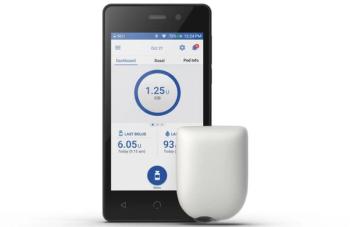
Patients with type 1 diabetes (T1D) who used the Omnipod 5 Automated Insulin Delivery (AID) System saw significant improvements in psychosocial outcomes, including diabetes distress and hypoglycemic confidence over a 3-month period.
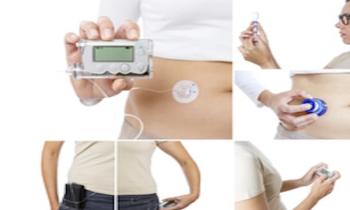
Knowing that insulin requirements vary widely among persons who have type 1 diabetes, 3-month effectiveness of the Omnipod 5 Automated Insulin Delivery System was evaluated across 6 daily insulin doses.

Extended safety and effectiveness of the Omnipod 5 AID system were investigated in this 12-month extension of a previous 3-month study conducted among persons living with type 1 diabetes (T1D).

Investigators from the Pediatric Diabetes Center at Hassenfeld Children’s Hospital at NYU Langone investigated outcomes disparities as they related to diabetes technology use among youth living with type 1 diabetes (T1D).

A wearable device powered by artificial intelligence and the Internet of Things to create a "digital twin" reduced glycated hemoglobin and improved remission rates for patients with type 2 diabetes (T2D) through personalized care.

Findings presented at the 82nd Scientific Sessions of the American Diabetes Association support the safety and efficacy of open-source automated insulin delivery (AID) systems among children and adults living with type 1 diabetes (T1D).
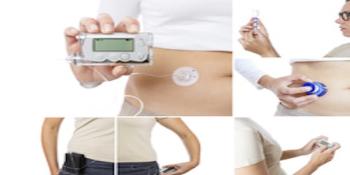
This new study from Canada compared outcomes in patients living with type 1 diabetes who used 2 closed-loop insulin delivery systems: a fully artificial pancreas that did not require meal input and a hybrid artificial pancreas that required carbohydrate counting.
















































